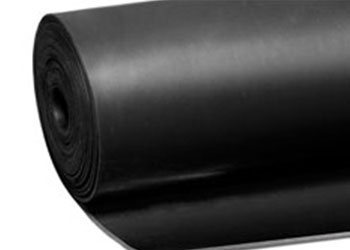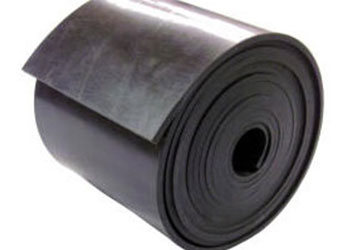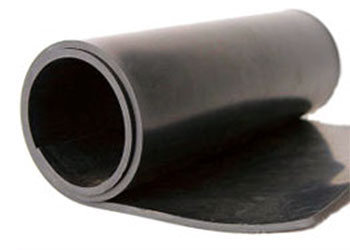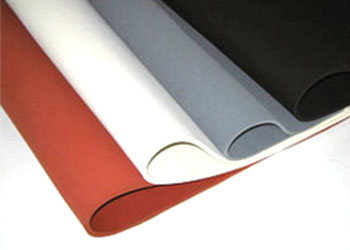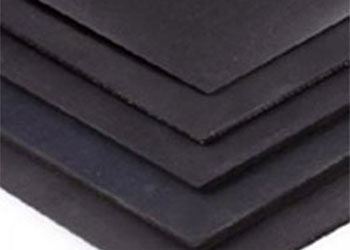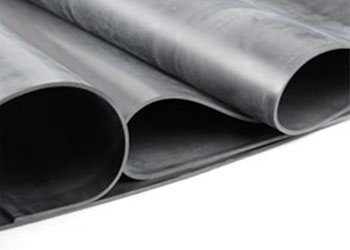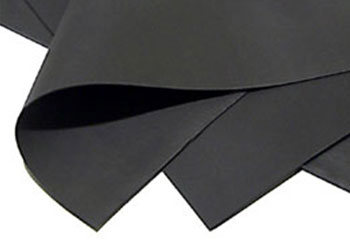Natural Rubber (Isoprene)
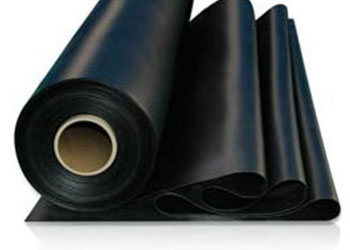
The original natural material which has been in commercial use since the turn of the last century. A widely developed rubber with a large range of low cost compounds.
| Properties | Limitations | Typical Applications |
|---|---|---|
| High resillience | Lack of resistance to oil and organic fluids | 450°C |
| Wide range of hardnesses | Poor resistance to ozone, weather and oxidation - tendency to perish in open air | 260°C |
| Good compression set | Low working maximum temperature | 1000°C |
| Very strong - tear and abrasion resistant | 800°C |




